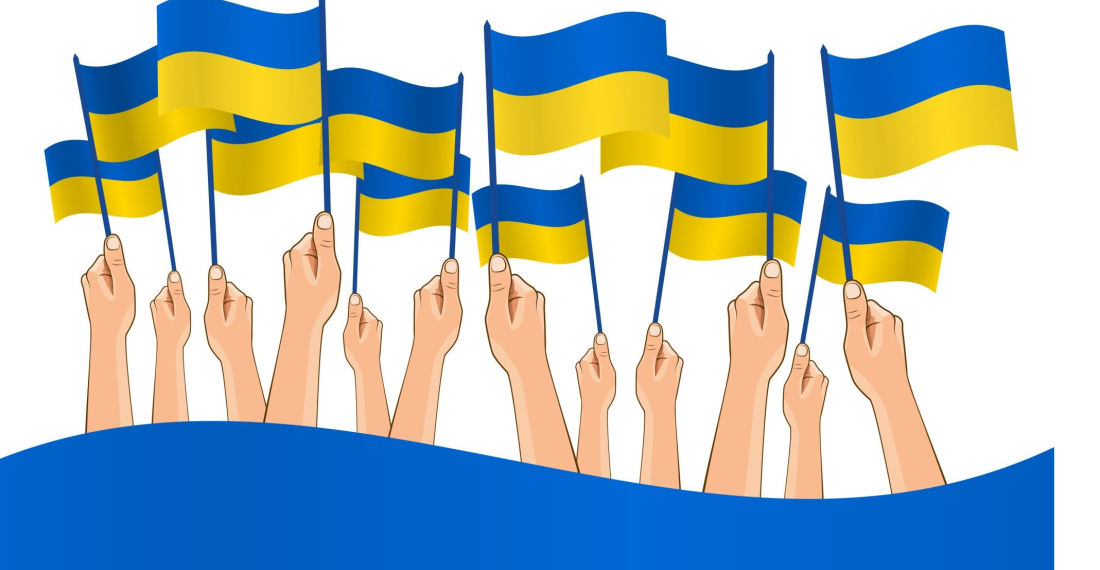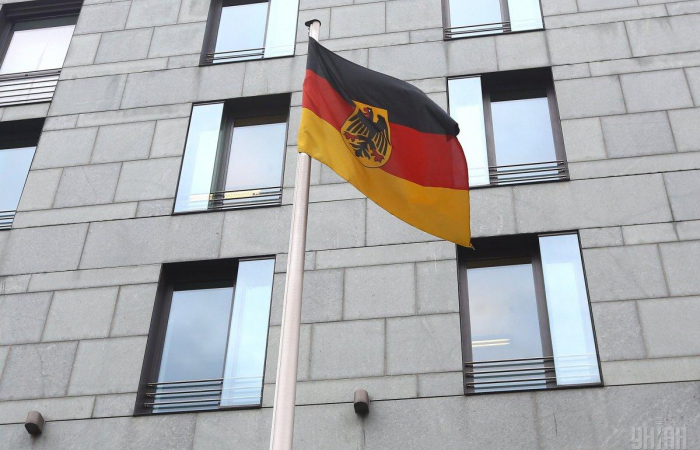Talks were held in Geneva on Sunday (23 November) between the United States and Ukraine. Also present in Geneva were representatives of the key European countries, France, Germany and the UK, and the EU. The talks are expected to continue today.
The future if Ukraine is at stake, and so is the future of Europe. There should be no doubt that Putin’s ambitions do not stop in Kiev. The talks are expected to continue today (24 November), and Ukraine’s de facto capitulation is not an option for Europe.
The scandalous draft of the plan, called “the US plan”, but probably written by the Russians, appears to have been put aside. Officially, it is still called the “US plan”, which is what the ego of US President Donald Trump, requires. But it started to look increasingly like the plan put forward by the Europeans, which is much closer to the Ukrainian position.
The Europeans were not represented in Geneva by Ministers and politicians, but by their national security advisors, sombre men who are cool and calculating. They have a difficult task: on the one hand, they understand very well that Ukraine’s war is Europe’s war, and they know better than anyone else how big the threat of Putin’s Russia is to European peace and security. The risks of the “original US plan” are obvious to them. But they also understand that Ukraine, and up to now Europe, depend on the US for their security. So, they cannot alienate the American president too much. US Secretary of State, Marco Rubio, well understands the European dilemma. He finds himself in the unenviable position of needing to reconcile his president’s views, with the Ukrainian and European ones.
At stake is Ukraine’s future as a state. Ukrainian president Volodymyr Zelensky quaintly calls it “Ukraine’s dignity”. But it is much more than that. Russia does not want Ukraine to exist as a state in any meaningful way. It should either have a puppet government, as it wanted to impose on Kiev when it launched the invasion in February 2022, or be so weak and dismembered that it will be in all but name a vassal of Russia. This was what the “original US plan” was essentially about. The 28-point US plan (the original), may have already been reduced to 26 points, according to Rubio, and included such things as a cap on the size of the Ukrainian army, and other constraints on Ukraine’s future defence and foreign policy.
It is commendable that Donald Trump wants to end the Russia-Ukraine war. But Russia, the aggressor, must not be the one that reaps the benefits of peace. The change of borders by force cannot be allowed to happen in Europe.
Following a meeting in Johannesburg with other European leaders on the margins of the G20 summit in South Africa, European Commission President Ursula von der Leyen outlined the EU's conditions for achieving peace in Ukraine.
"First, borders cannot be changed by force. Second, Ukraine, as a sovereign state, cannot limit its armed forces, which would make the country vulnerable... and thereby undermine European security. Third, the European Union's central role in securing peace for Ukraine must be fully realized," von der Leyen stated, adding: "Ukraine must have the freedom and sovereign right to choose its own destiny. It has chosen a European destiny." This, she said, must begin "with the country's reconstruction, its integration into our single market and our defence industrial base, and ultimately, with joining our union."
EU membership is the logical next step for Ukraine. The EU must act decisively by giving Ukraine a timed road map to membership. The light at the end of the tunnel must be clear for Ukrainians to see. Ukraine is a big country with big problems. But it also has big resources and potential. The EU can digest Ukraine, and Ukraine can adapt to Brussels rules and idiosyncrasies, and whilst the process will not be easy, it is doable. Achieving this objective within a short time is important for both sides.
Whatever is finally agreed in Geneva, and whatever Donald Trump finally decides, 2026 is going to be a crucial year for Ukraine. European support has so far been steady, but must become steadier, regardless of Trumpian shenanigans. 2026 must be the year of European Ukraine. For this to happen there must be more resolve in Europe, and a stronger determination to support Ukraine fully.






